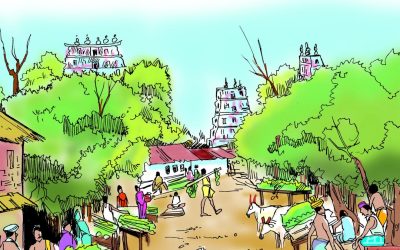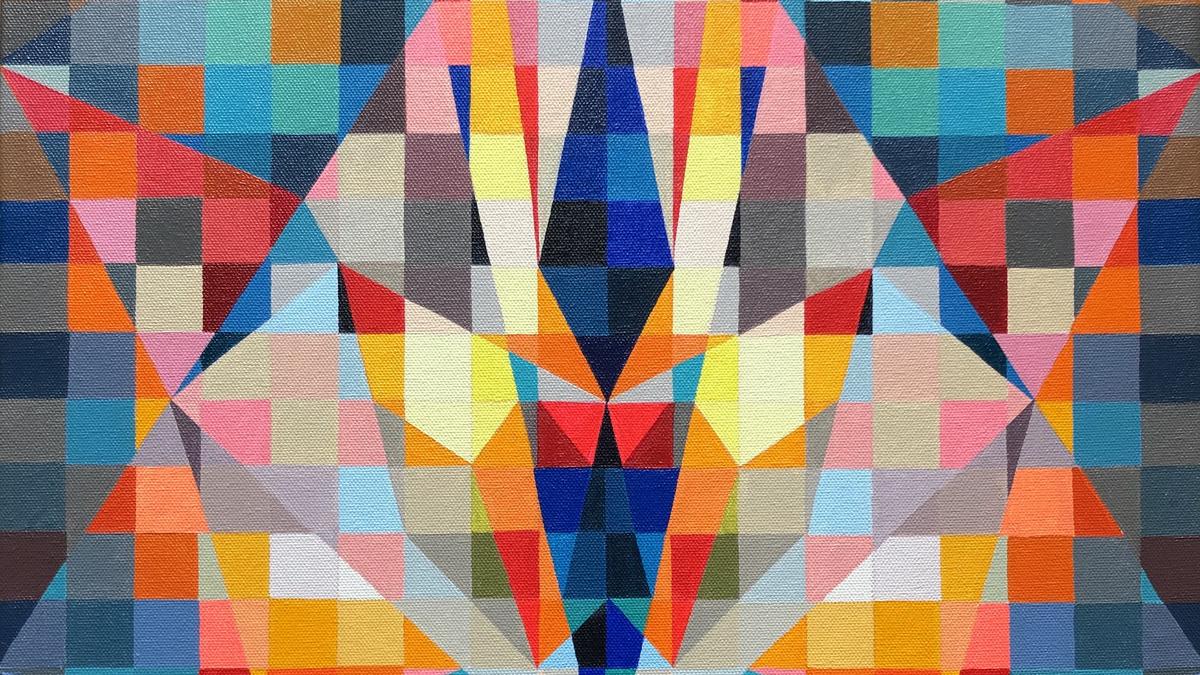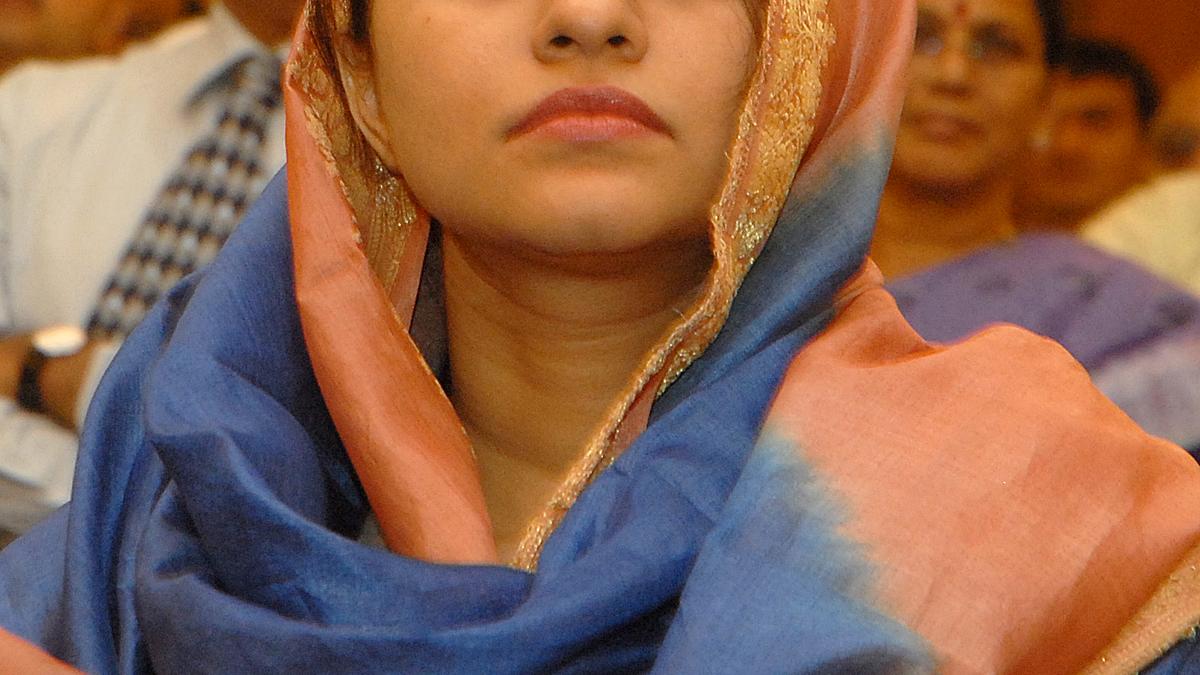Explore Patan, the living museum of Nepalese art and design
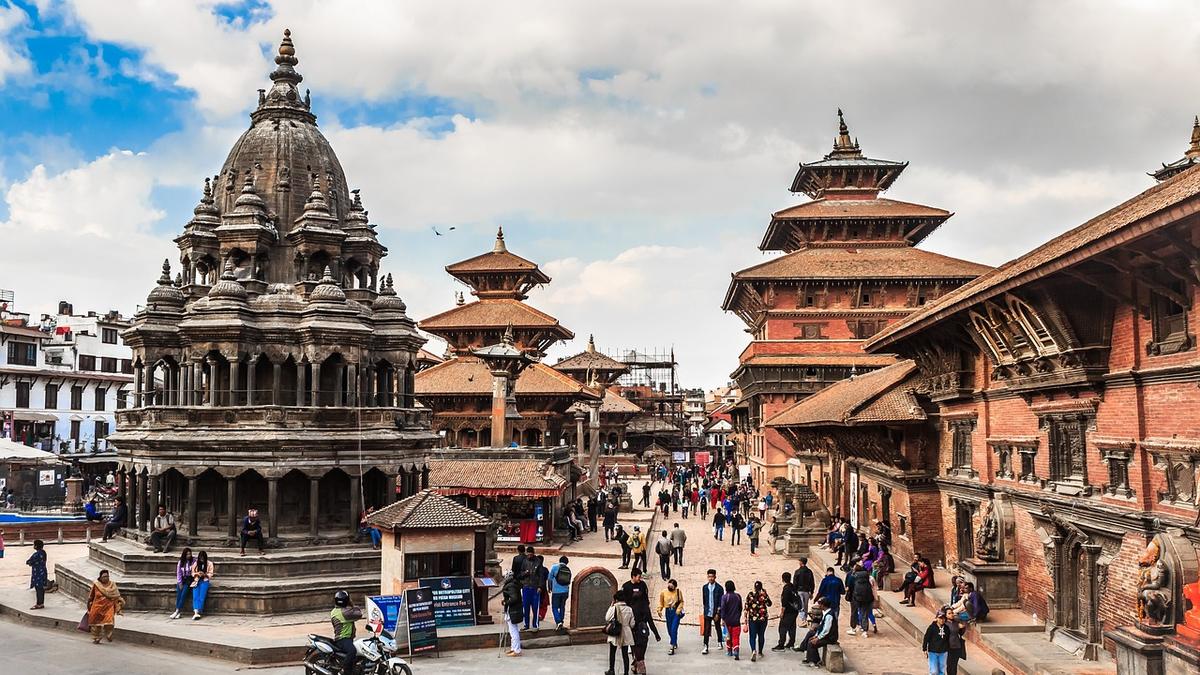
As the plane touches down at Tribhuvan International Airport, the majestic sight of the Himalayas greets passengers with their snow-capped peaks glowing in the late afternoon sun. Upon landing, warm smiles welcome visitors, in an airport buzzing with a mix of trekkers, tourists and locals.
It is 15 degrees Celsius outside, and the crisp air carries the faint scent of incense. A short drive through the vibrant streets of Kathmandu leads to the serene embrace of the Kathmandu Marriott Hotel, an oasis nestled amidst the capital’s bustling energy.
Cluster General Manager Vishal Mehra greets me with a warm smile, setting a welcoming tone. After a refreshing drink and a glimpse of the cityscape from the room’s wide windows, it is time to explore the heart of Kathmandu — a city that artfully balances sacred rhythms with modern beats. But today’s chapter will take us just a few kilometres to the south, the town of Patan, also known as Lalitpur or the city of beauty.
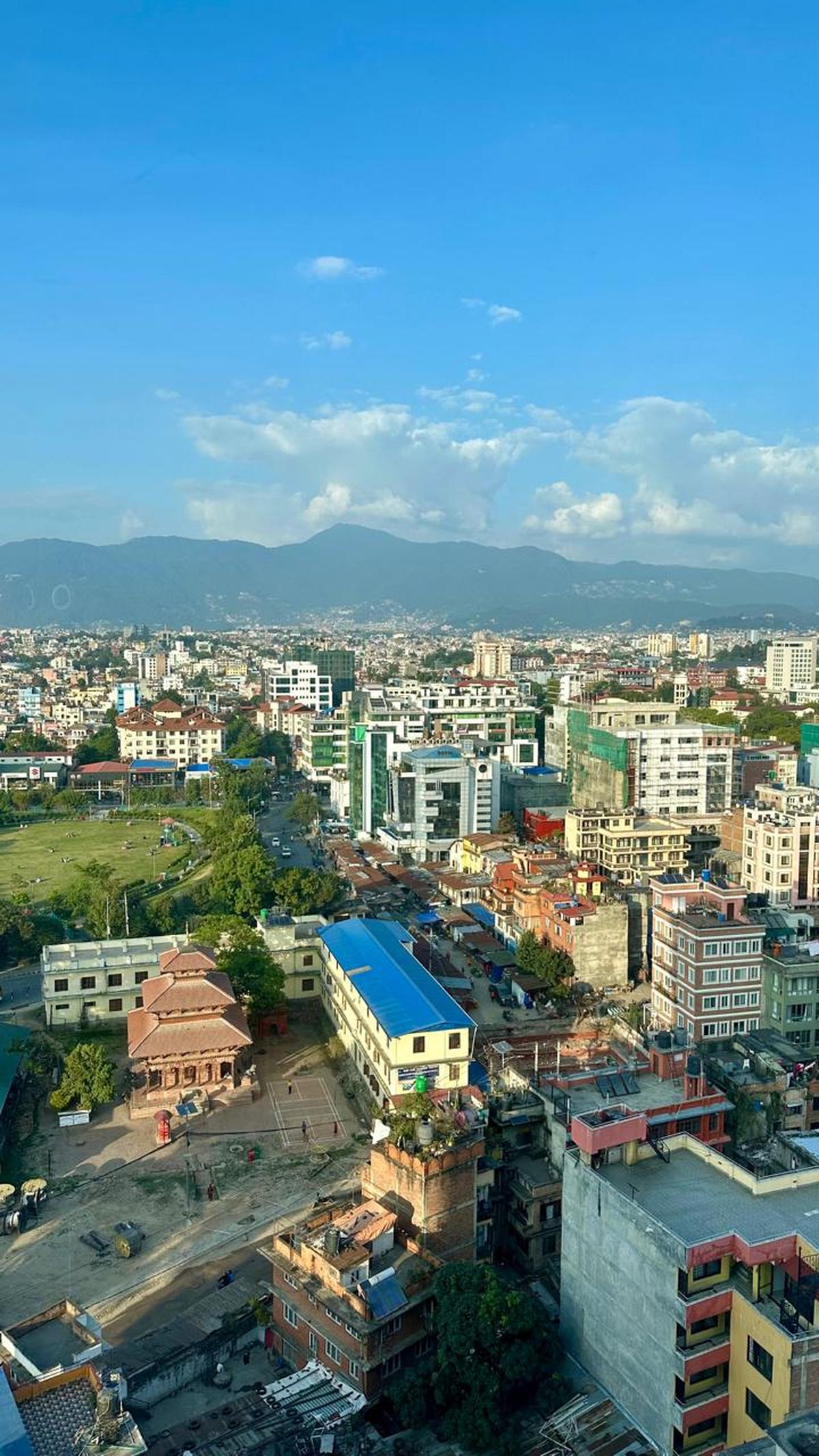
A view of Kathmandu from the wide windows of the Kathmandu Marriott Hotel room, Kathmandu, Nepal.
| Photo Credit:
Smriti S.
For a deeper understanding, I drive to Patan, located around seven kilometres from Kathmandu. Patan is one of Nepal’s oldest cities and is believed to have been established during the Kirat dynasty. With its Newari-style buildings and ornate carvings, the ancient city is a living museum of Nepalese art and design. Patan has been a hub for artisans, craftsmen and scholars.
Stepping into Patan Durbar Square, a UNESCO World Heritage site, feels like stepping back in time with its 17th-century royal palaces, centuries-old temples, and courtyards. My guide, Yadav Khatiwada, shares stories of the Malla kings, who ruled the dynasty of the Kathmandu Valley in Nepal from 1201 to 1779. “Each wall, building, or temple tells a story,” Yadav remarks, pointing to Krishna Mandir, which stands at the heart of the square.
Nearby, the Royal Palace complex invites exploration, its courtyards showcase the finest examples of Newari craftsmanship. Mul Chowk, the oldest and central courtyard, houses the sacred Taleju Bhawani Temple, while Sundari Chowk boasts the sunken tank known as Tusha Hiti or Royal Bath used by the Malla royal family in Nepal. The royal bath, an extraordinary visual retreat, left me and other tourists in awe. I gaze at the intricately adorned wall featuring idols of the Ashta Matrikas, eight Bhairavs, and Nagas, while the gilt copper spout showcases Vishnu and Laxmi seated on Garuda.
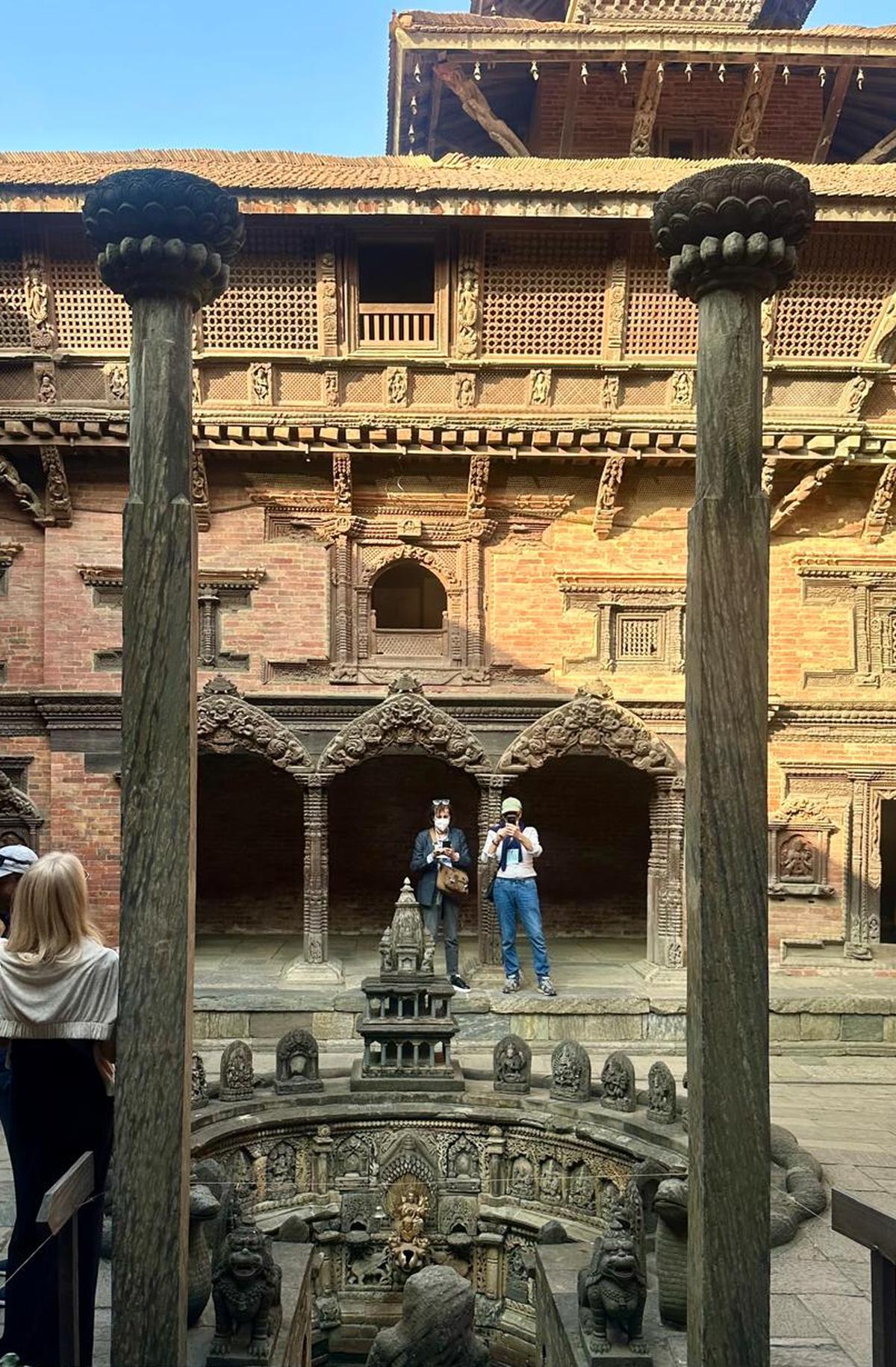
A view of Sundari Chowk’s sunken tank, the Royal Bath once used by Nepal’s Malla royal family.
| Photo Credit:
Smriti S.
For art lovers, the Patan Museum is a must-visit. The museum is home to one of the finest collections of Nepali art. The museum showcases exquisite paintings, sculptures, and artefacts of Hinduism and Buddhism. Walking through the museum galleries, one is filled with cultural and artistic insights. All the exhibits have captions with backgrounds.
Newari cuisine
Beyond its architecture, Patan offers a taste of Nepal’s vibrant culture through its cuisine. With its distinct blend of spices and flavours, Newari food offers a culinary experience as rich as the city. At a small eatery tucked near the square, I savour a delicious plate of aloo tama (bamboo shoots and potatoes in a tangy curry), buff bara, buff choila (spiced grilled buffalo meat), and chiura (flattened rice) paired with a glass of chhaang (a traditional alcoholic beverage).
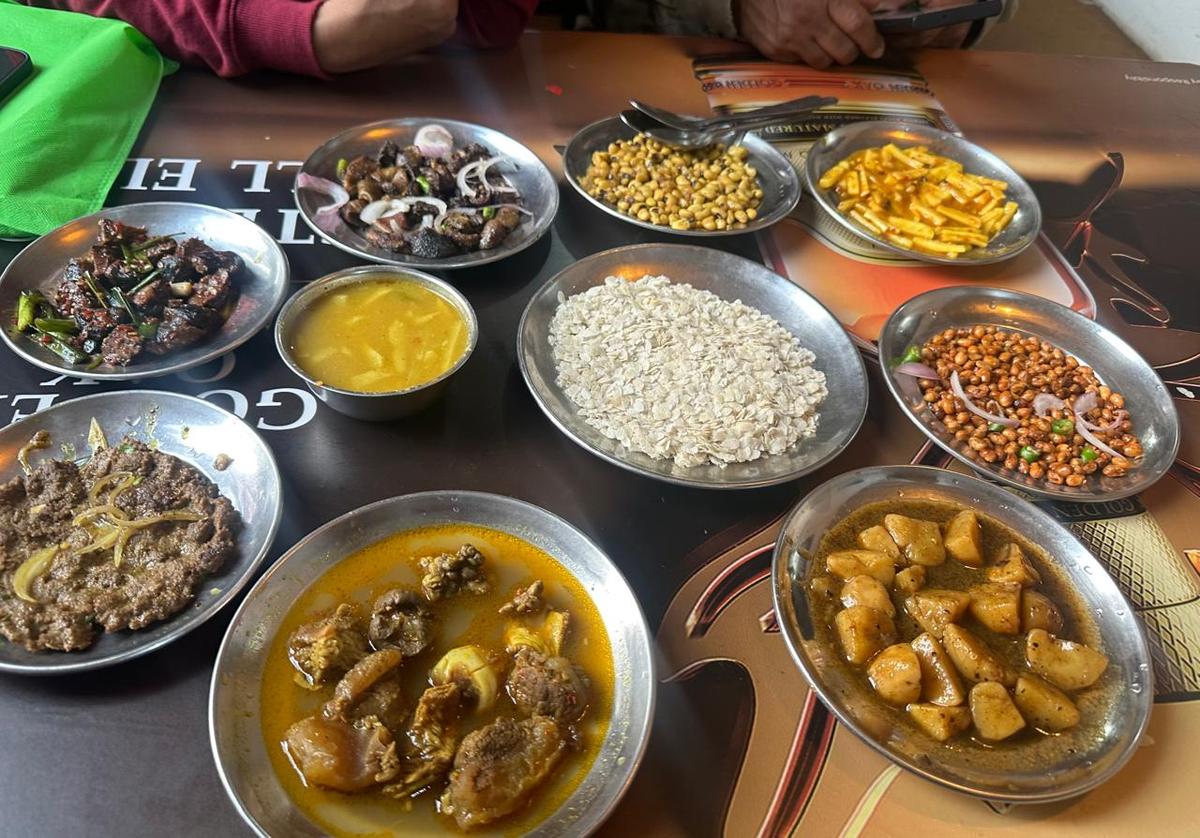
A diverse spread of Newari delicacies served at an eatery near Patan Durbar Square.
| Photo Credit:
Smriti S.
Patan’s history, however, bears its share of scars. Yadav gestures toward some broken wooden pieces and explains, “This was damaged during the 2015 earthquake. Many of these structures were affected, but restoration work is ongoing,” as the sounds of construction echoed in the background. The remnants of the earthquake’s intensity still linger, but Patan’s resilience shines through as the city slowly restores its rich architectural heritage.
While Patan is a serene gem, no visit to Kathmandu would be complete without exploring its treasures — iconic temples and vibrant markets.
Nepal’s treasure spots
I visit Swayambhunath, the iconic monkey temple perched high above 77 metres from the ground . Just a few steps from the entrance, visitors come across a coin-tossing ritual designed to test their luck. Handing over a coin, Yadav says, “Focus and toss it. You will be blessed with good fortune if it lands in the right place.” The soft plink of metal against stone echoes, followed by a near miss.
The climb to the stupa begins with 90 steps carved into the hillside. Though considered the easiest route, each step tests my endurance in the chilly Friday evening air. At the top, the golden stupa with its 14 steps symbolises the gradual progression towards Buddhahood and gleams against the skyline. Monkeys dart between ancient stone structures, while pilgrims and tourists circle the stupa, spinning prayer wheels and chanting mantras.
Not far from Swayambhunath, the sacred Pashupatinath Temple stretches along the banks of the Bagmati River. Nepal follows the Bikram Sambat calendar, based on the lunar cycle. This means the workweek runs from Sunday to Friday, with Saturday as the only day off. So on, Saturdays, the streets are busy with locals shopping, visiting temples, and spending time with family and friends.
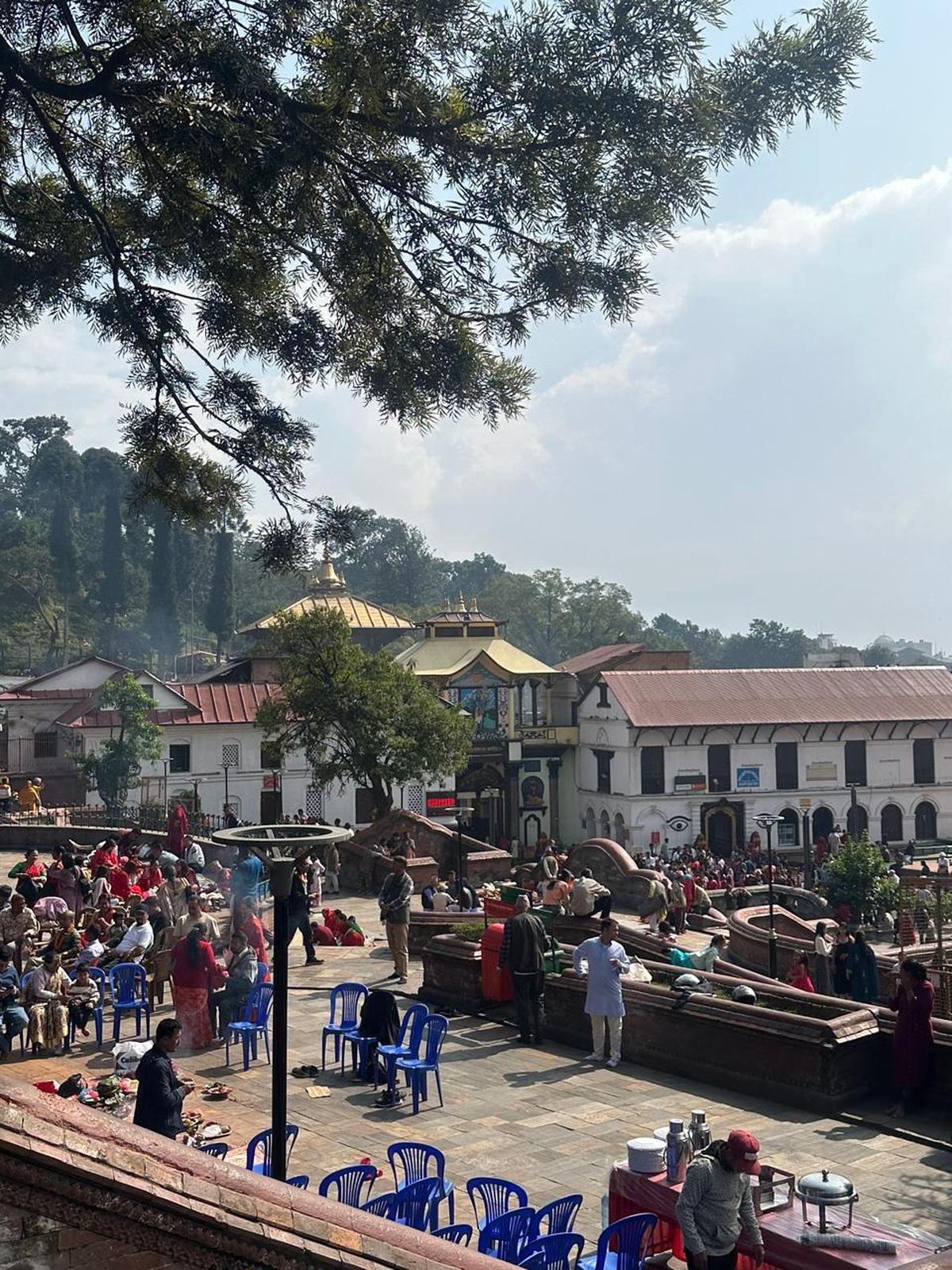
A glimpse of the iconic Pashupatinath Temple in Kathmandu, Nepal.
| Photo Credit:
Smriti S.
Since it is a Saturday morning, the temple is busier than usual, with hundreds of devotees. While priests from southern India chant prayers within the temple, their voices echoing through its sacred halls, crowds adorned with rudraksha malas and bright red tikka on their foreheads participate in the rituals. Meanwhile, along the riverbanks, offerings of flowers and incense lay scattered, accompanied by the solemn glow of cremation pyres burning quietly.
Nearby, around 5 kilometres, Boudhanath Stupa shows the city’s rich Tibetan Buddhist culture. Visitors can spend hours soaking in the peaceful atmosphere while strolling around the massive stupa. The surrounding shops, selling everything from prayer beads to various types of Buddha statues, offer a window into Tibetan life. The renowned Roadhouse, a famous cafe chain in Nepal, serves a delightful mix of authentic Newari dishes and pizzas, offering a blend of local and global flavours.
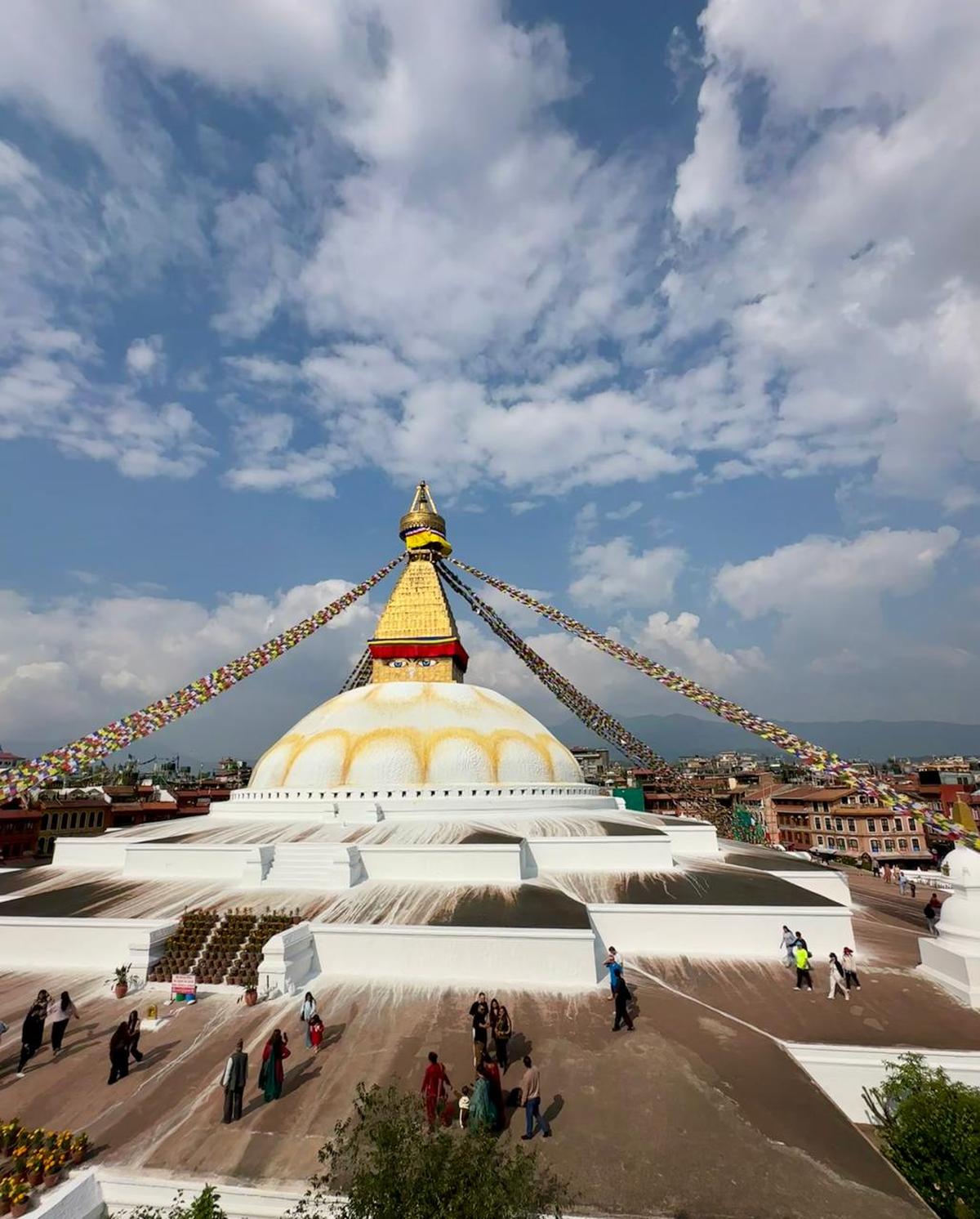
A view of Boudhanath Stupa in Kathmandu, Nepal.
Kathmandu is also known for its bustling markets and shopping hubs — Thamel and Asan. Whether hunting for souvenirs or local products, these streets offer an endless array of options. Thamel, a market known for its vibrant shops, and street-side cafes, is a haven for tourists. From handmade crafts and jewellery to traditional Nepali clothing and costly and exquisite pashmina shawls. Nearby, Asan — one of the city’s oldest and busiest markets — offers a sensory overload of sights, sounds, and smells. The narrow lanes are filled with vendors selling everything from fresh produce to spices and textiles. Accompanying me is NuriFhatima, a Nepali friend. “This is where locals find everything they need,” she says, pausing to purchase bird feed from a vendor.
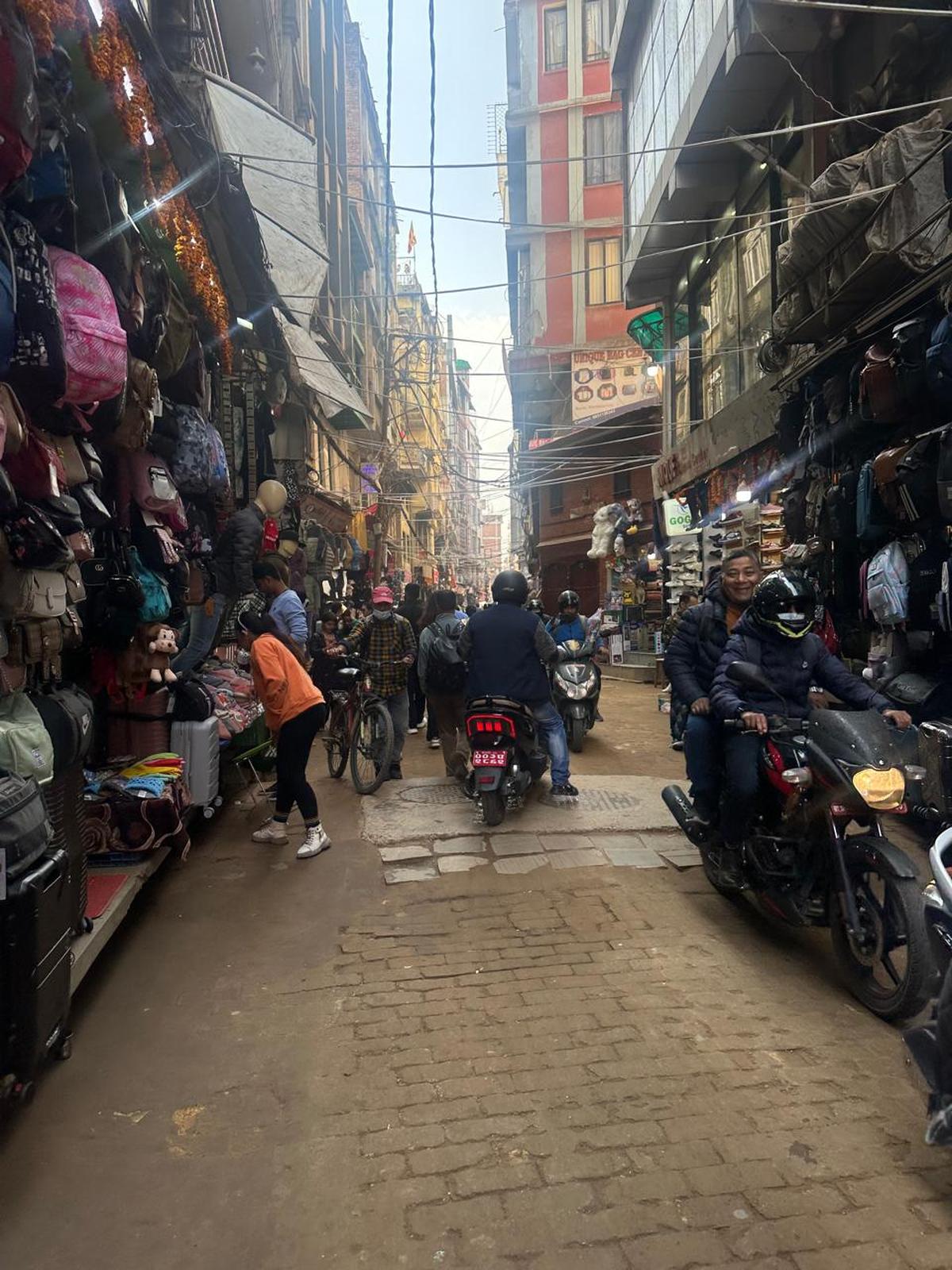
The bustling Thamel Market in Kathmandu, Nepal.
| Photo Credit:
Smriti S.
Kathmandu Mariott
The Kathmandu Marriott Hotel offers a seamless blend of luxury and cultural immersion, providing a tranquil retreat amidst the city’s vibrant energy. Enjoy diverse dining options, including Thamel Kitchen, Tahina Terrace, and Edamame, known for modern Asian fusion. Unwind at Raksi Music Bar or with Kathmandu Baking Company’s fresh pastries. Relax at the rooftop pool and spa or stay active in the gym. The hotel also offers versatile spaces for events and meetings.
(The writer was in Nepal on the invitation of Kathmandu Marriott Hotel)
Published – January 24, 2025 03:25 pm IST
